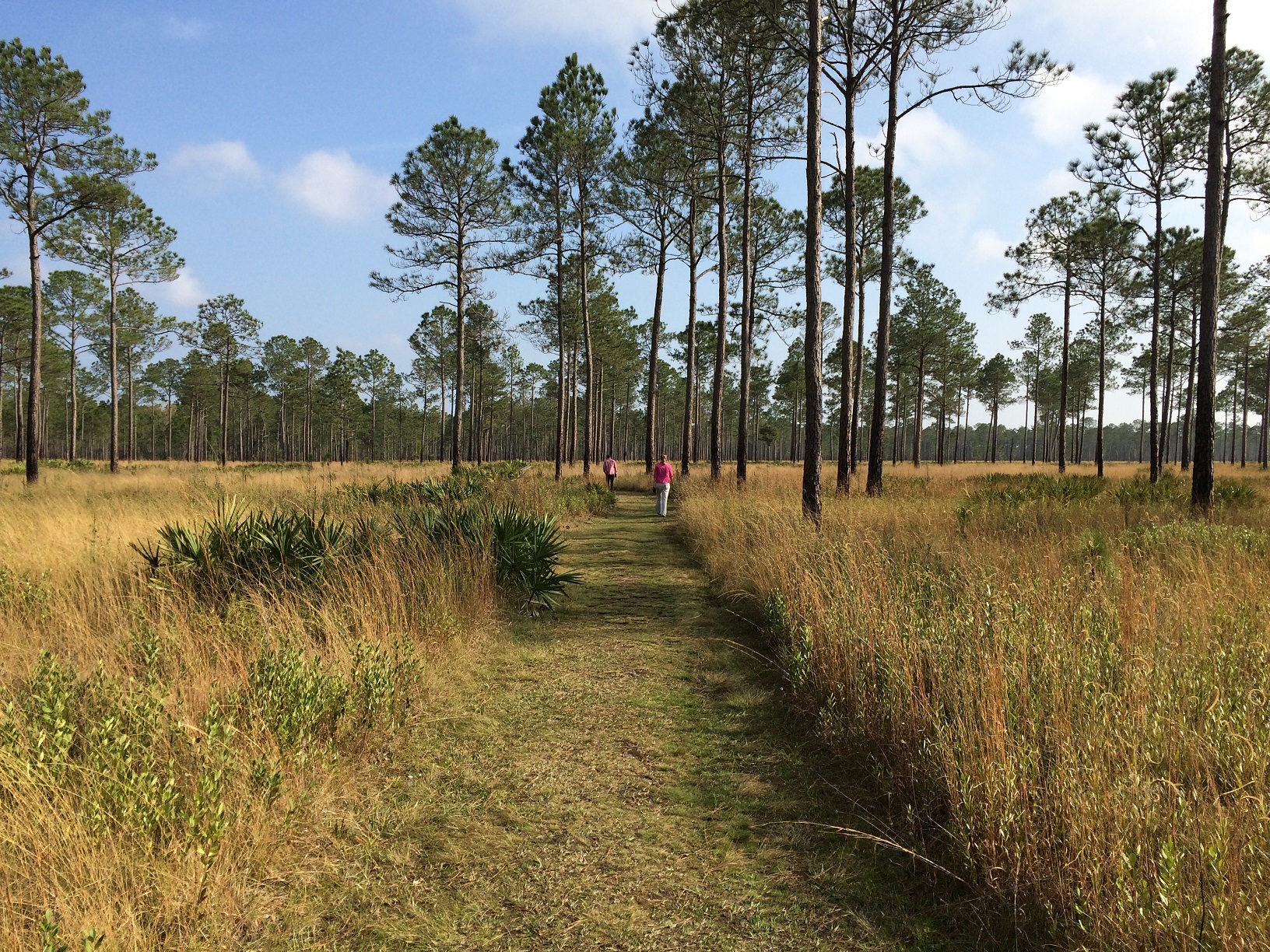Where the wild things are will be - Mapping the South’s future forest landscapes & the wildlife that depend on them

As development pressures increase, climatic patterns shift, and sea levels rise, the South’s forest resource is increasingly faced with fragmentation, degradation, and loss from land use conversion. Forestlands play a critical role in providing clean drinking water, wildlife habitat, and recreation opportunities, and in supporting rural economies based on traditional and non-traditional forest products. To conserve and sustain forestlands, a multitude of conservation action, recovery, and prioritization plans have been developed by federal and state agencies, land trusts, public-private partnerships, and others. The Keeping Forests as Forests initiative developed the “Mapping the South’s Forests of the Future” project to examine spatial priorities of these myriad plans in consultation with more than 50 conservation-minded entities. The project overlayed conservation priorities with data layers concerning development projections, timber harvests, key watersheds, sea level rise, and energy development to create a qualitative index of forest retention likelihood at various future time steps to 2060. The project then examined if areas of high biodiversity are likely to be retained. The analysis included the Southeast Blueprint as a depiction of regional conservation priority. The results of this project were recently published in Journal of Forestry.
Based on the project’s index, an estimated 17.7 million acres are projected to be at high risk of forest loss (i.e., very low forest retention likelihood) at 2060, and 8% of highly biodiverse areas are at high risk of land-use conversion. The most critical anticipated losses of biodiversity occur in the Upper Mobile Bay watershed (due to sea level rise) and at the northeastern quadrant of Alabama and Blue Ridge Mountains (due to urbanization). Anticipated forest losses across the region are largely driven by urbanization, but the coastlines of Louisiana and North Carolina were particularly prone to sea level rise-related forest loss of highly prioritized conservation areas. Approximately 59% of current forestlands are anticipated to be retained at 2060 with high or very high retention likelihood due to shared conservation interests and high socio-economic value. The positive effect of forestry on forest retention is evident in southeastern Georgia, southern Alabama, Mississippi, and southern Arkansas. The results of this project aligned well with the last Southern Forest Futures Project from USDA Forest Service and Southern Group of State Foresters (Wear and Greis 2013).
This project highlighted a number of spatial issues. First, the project team noted that more of the South’s are prioritized than not, which begs the questions “How large should priority areas be?” and “What size priority area will efficiently conserve resources at a landscape level?” Secondly, the project found that many areas of the South were prioritized by three or more entities, and these may be primed for continued and heightened conservation coordination, collaboration, and partnership. Further, the proximity of highly biodiverse conservation priorities to protected lands creates an opportunity for landscape conservation planners to identify corridors that connect biodiverse patches and leverage the current conservation estate. This project also serves as a call to action: While marrying our diverse missions and strategies may be uncomfortable across the broad cross-section of the conservation and forest resource community, consistent coordinated and collaborative efforts that address systems threats are needed to stem forest loss in the South.
To learn more, read the journal article recently published in Journal of Forestry.